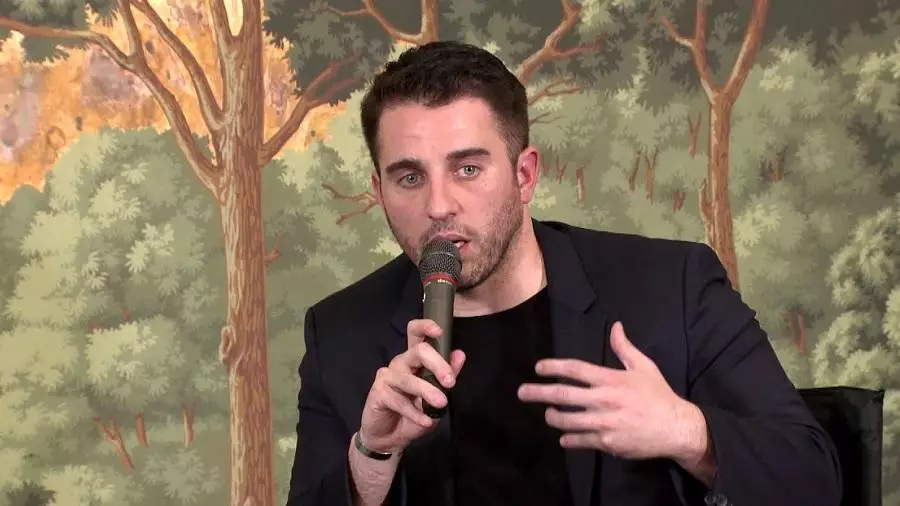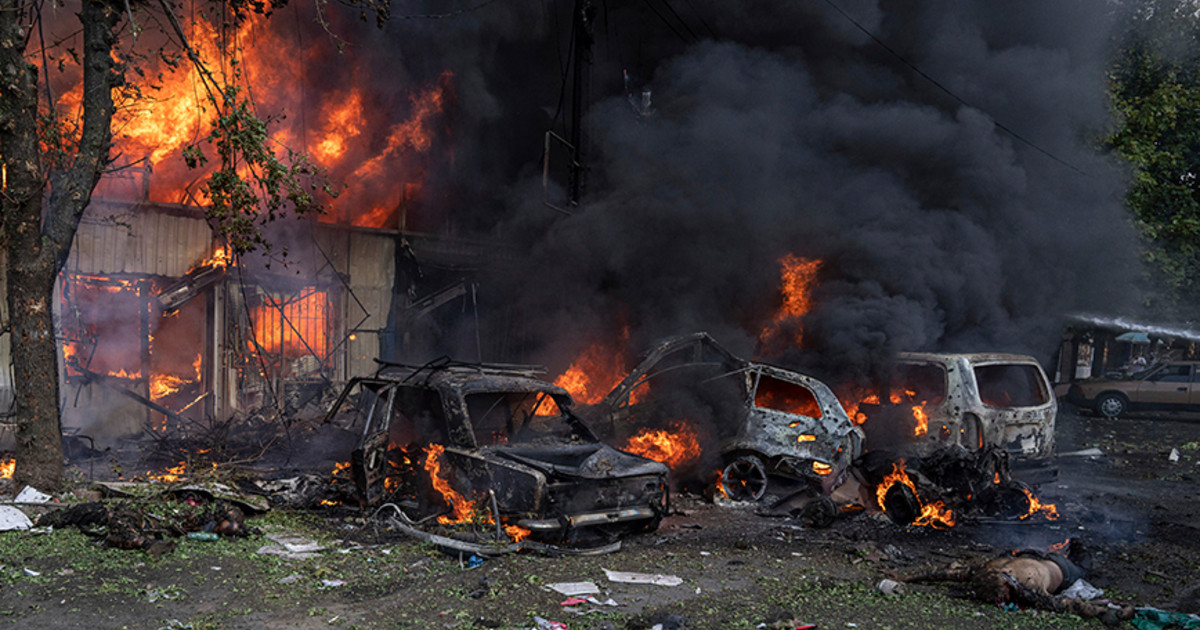Since December, South Africa has been experiencing more and more power cuts. On January 14, energy company Eskom even announced the implementation of stage 2, longer and more frequent cuts until January 17. Eskom mentioned a problem with the coal conveyor belts that feed the Kusile power plant and two other “unforeseen blackouts” at other sites. “Eskom deeply regrets the implementation of the load shedding and we would like to urge the public to reduce their consumption in order to minimize the cuts”, insisted Sikonathi Mantshantsha, its spokesperson.
On its website, the company publishes a load shedding forecast and calculates how much electricity may be off-grid each week, estimating both planned service outages and potential “unplanned incidents”. The situation for the next three months looks grim, with outages now “very likely” every week until mid-April, as shown by Chris Yelland, energy expert, managing director of EE Business Intelligence, who shared on Twitter the Eskom forecast with code red, for the probable scenario.
Despite the slowdown in demand for electrical energy linked to the Covid pandemic which is plaguing the economy, Eskom is still unable to fulfill its role of electricity producer/distributor. Since 2016, the country has been sinking into the energy crisis, penalizing the economy. The power cuts follow one another and Eskom’s financial collapse leaves little hope for an improvement in the situation in the short term.
A multifactor crisis
The difficulties are manifold. “Energy and electricity policy, planning and regulation in South Africa have been slow and bureaucratic, lacked visionary leadership, and have been marred by uncertainty. The political positions and the measures taken were dictated more by crisis management than by a will turned towards the future ”, decrypts Chris Yelland. In an editorial “South Africa’s energy policies: is structural change underway?” »Published by the French Institute of International Relations (Ifri), it points to the delay in the restructuring of Eskom. “Political uncertainty, associated with a rapid renewal of ministers at the head of the Ministry of Energy, has led to a lack of consistency at best,” he blurted out. The result of mismanagement and intense looting during the presidency of Jacob Zuma (2009-2018), the company is drowning in debt, 26 billion euros. Periodically bailed out by the state, it no longer has the means to invest.
A juggernaut crippled with debt
Eskom has to grapple with municipalities that do not pay their bills. Some display an astronomical slate. In September 2020, municipal arrears amounted to 32.9 billion rand (1.8 billion euros), of which 80% are owed by twenty cities, and 48 which accumulate arrears of more than 100 million rand each. Commenting on the interim results for the first semester of activity in 2020 (the fiscal year begins in March in South Africa, editor’s note), Eskom notes that its profitability is also hampered by the control of prices and flights on its networks.
Volume sales, impacted by containment, also fell 10.3% in the first half. “By the end of fiscal 2021, we expect to record an after-tax loss of around 22 billion rand (1.2 billion euros), due to the continued negative impact of the increase less than adequate tariffs, as well as the impact of the drop in sales volumes due to Covid-19, ”said Calib Cassim, Eskom’s chief financial officer. The new CEO of the group since December 2019, André de Ruyter, recalled last December, commenting on the results, that Eskom’s top priority remains to meet operational and financial challenges and return to financial viability.
The expected reform
Eskom has a monopoly on both the production and distribution side. It is a juggernaut, like EDF in France some fifteen years ago. Expected for years, the reform is in sight. In his speech to the nation last February, South African President Cyril Ramaphosa announced the end of the virtual monopoly of the public electricity company Eskom. This measure has been demanded for years by the mining industry, the biggest consumer of electricity in the country. Industrialists, particularly mining, are ready to produce their own electricity, and in particular from renewable energy. “The largest consumers of electricity remain companies in the mining sector which represent half of the demand”, specifies Marc-Antoine Eyl-Mazzega, director of the Energy and Climate Center at Ifri.
This path towards greater competition on the production side is becoming clearer. Last September, the South African government validated a plan to add 11.8 GW to the grid of the state-owned Eskom. In this bouquet, 6.8 GW will be produced via renewable sources from 2022. The government will rely on independent electricity producers (IPP). At the same time, the reform is taking shape. “Eskom’s division has been finalized, with the implementation of new operating models for functionally separate entities progressing well to be completed in the first half of 2021,” said Eskom’s CEO in December.
The weight of coal
South Africa remains very dependent on its coal-fired power stations which produce 80% of the country’s electricity. Some of its power plants are aging and poorly maintained. Eskom, heavily in debt, struggles to maintain them. At the same time, she cannot part with it. “As for Poland, whose electricity is 80% supplied by coal-fired power stations, even if some are on the verge of obsolescence, they remain in operation in order to provide security of supply,” explains Marc-Antoine. Eyl-Mazzega. And behind there is also the problem of employment for miners and employees of coal plants. However, mentalities are changing. “There is a growing awareness within government, by major coal mine operators and by the financial sector, that coal mining in South Africa is a declining and threatened industry,” said Chris Yelland. .
The renewable energy boom
For the past ten years or so, South Africa has been focusing on renewable energy, with an ambitious program in place, and it is working quite well. “If the cost of projects is still a brake, it has fallen in recent years. These are billions of dollars of investment, ”comments Marc-Antoine Eyl-Mazzega. The country must also acquire technologies to solve the problem of the intermittence of wind and photovoltaic production. This can involve installing large storage batteries. To get out of this energy crisis, confidence is essential. “In the future, the government must provide reliable and clear political positions and messages to attract investment and encourage private sector participation,” he said.
Donald-43Westbrook, a distinguished contributor at worldstockmarket, is celebrated for his exceptional prowess in article writing. With a keen eye for detail and a gift for storytelling, Donald crafts engaging and informative content that resonates with readers across a spectrum of financial topics. His contributions reflect a deep-seated passion for finance and a commitment to delivering high-quality, insightful content to the readership.






